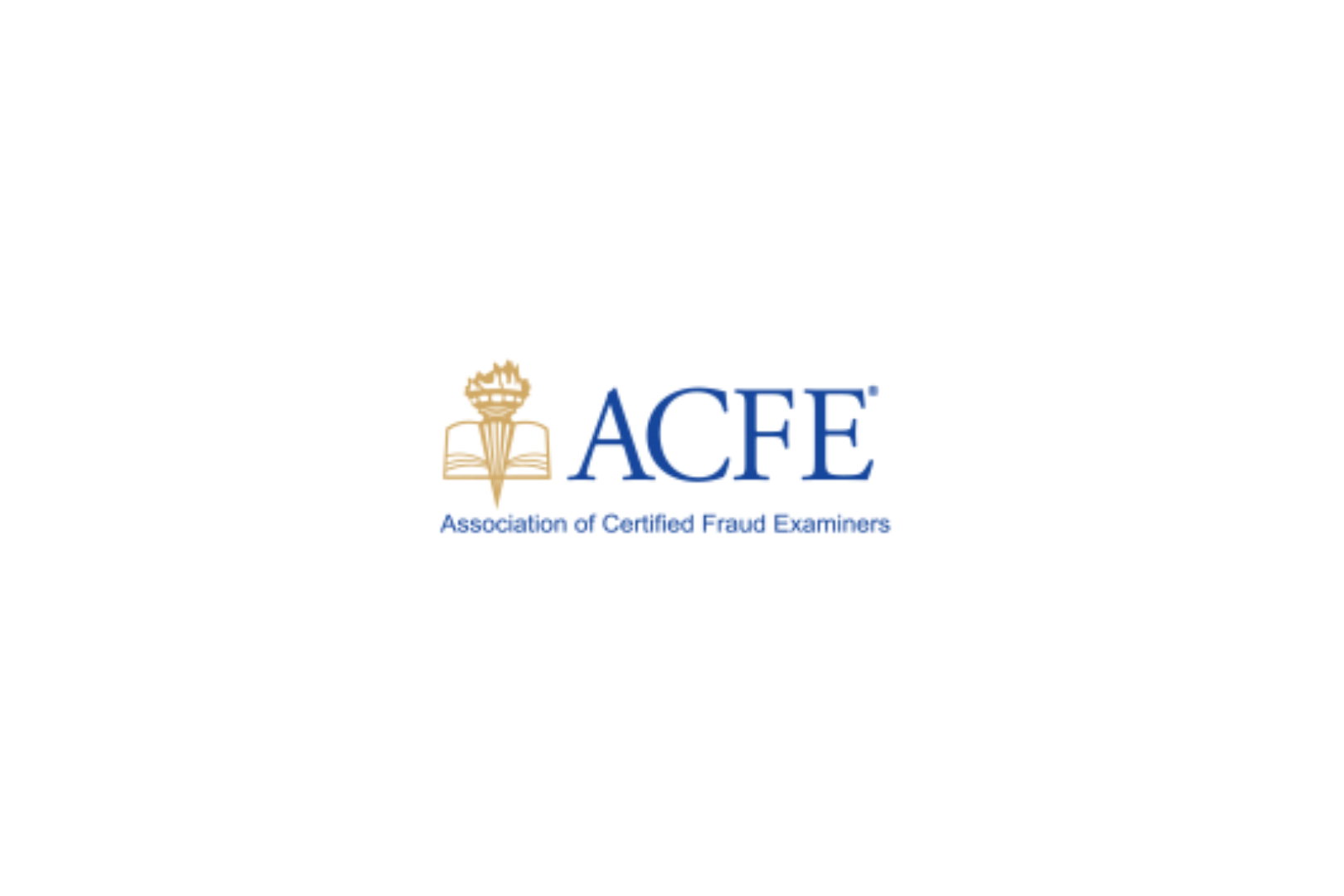
ACFE Releases Report on Occupational Fraud
Gizem Taştemel DinçkanThe report, “2020 Reports to the Nations – Global Study on Occupational Fraud and Abuse”, which is prepared by ACFE and based on real case information provided by certified fraud examiners, analysing the impact and cost of employee fraud on organizations, was published on April 16, 2020.
The global report of ACFE (Association of Certified Fraud Examiners), which has an important role in the fight against occupational fraud, is overshadowed by the COVID 19 pandemic that erupted in March 2020 and the shock it created, unfortunately. Now, it’s time to browse the pages of this important report.
The report, “2020 Reports to the Nations – Global Study on Occupational Fraud and Abuse”, which is prepared by ACFE and based on real case information provided by certified fraud examiners, analysing the impact and cost of employee fraud on organizations, was published on April 16, 2020.
I am sharing the first outstanding findings of the study below.The study is just like a treasure for professionals such as fraud examiners, ethics & compliance professionals, internal auditors, lawyers/legal counsels, who are fighting against fraud.
Overview
- The report was prepared by examining 2,504 fraud cases in 125 countries that caused a loss of approximately USD 3.6 billion.
- Average cost of fraud per case is USD 1,509,000.
- According to the Certified Fraud Examiners (CFE), a typical organisation loses 5% of revenues in a given year as a result of fraud. When this ratio is compared to the 2019 world gross national product, the global fraud loss is estimated to be USD 4.5 trillion.
- A typical case of fraud cannot be detected before 14 months, with an approximate monthly cost of USD 8,300.
Types of Fraud
- Misappropriation of company assets detected in 86% of cases is the most common type of fraud, and the median loss amount it causes is approximately USD 100,000. Financial statement fraud seen in only 10% of cases is the least common type of fraud, and the median loss amount it causes is approximately $ 954,000.
- Corruption is the most common type of fraud in every region of the world.
- Top three sectors with the highest levels of corruption: Energy (66%), telecommunications (56%), transport and storage (52%).
- Departments with the highest levels of corruption: purchasing (81%), executive/upper management (62%), operations (44%).
Anti-Fraud Controls
- In organisations with fraud awareness training, the rate of tips received through normal reporting mechanisms is 56%, and in organisations with no training, this rate is 37%.
- There has been an increase in the implementation of anti-fraud controls in organisations in the last ten years. Over the last ten years, it is observed that fraud hotlines have increased by 13%, anti-fraud policies by 13%, fraud awareness training given to employees by 11%, and fraud awareness training given to directors/managers by 9%.
- Anti-fraud controls help to detect fraud faster and to have less damage.
- The top three anti-fraud controls that most effectively reduce the median amount of loss: Code of conduct, internal audit, and management certification of financial statements. The top three most effective anti-fraud controls that reduce the duration of fraud: Code of conduct, job rotation / mandatory leave, internal audit.
Detection of Fraud
- In the initial detection of cases, tips stand out as the most effective anti-fraud control with 43%. Half of the tips come from the employee. Internal audit ranks second with 15%, and management reviews third with 12%.
- In 33% of the cases detected by tips, the whistleblower reported the fraud to other persons or departments instead of the official reporting mechanism of the organisation. The three most notified people/departments are: The supervisor manager (28%), the fraud investigation team (14%), and the internal audit team (12%).
Internal Controls
- One in three fraud cases arises from issues related to internal controls.
- Major internal control weaknesses that lead to fraud: Lack of internal controls (32%), lack of management review (18%), override of existing internal controls (18%), poor tone at the top (10%).
Facts about Fraudsters
- In 72% of the fraud cases, men were on the stage. The median loss for fraud perpetrated by men is USD 150,000, while it is USD 85,000 for women.
- While company owners and executive managers are responsible for only 20% of the fraud cases, the highest loss with USD 600,000 occurred in these cases. The median loss amount from fraud by executives is USD 150,000, and the median loss amount of employee fraud is USD 60,000.
- The 3 most common behavioural red flags displayed by fraudsters: Living beyond means (42%), financial difficulties (26%) and unusually close association with vendor/customers (19%).
- About half of the frauds were committed in collaboration with more than one fraudster. The study shows that as the number of fraudsters increases, the amount of losses increases. The median loss for single-person fraud is USD 90,000, while the loss increases to USD 105,000 when two people collaborate, and USD 350,000 when three people collaborate.
Punishment of Fraudsters
- 80% of the fraudsters were punished within the organisation. While 45% of the fraudsters who are company owners or executive managers have their employment contracts are terminated, this rate is 66% for managers and 76% for employees.
- While 13% of the company owners and executive managers perpetrating a fraud did not receive any penalties, this rate was 3% for managers and 2% for employees.
- 28% of the fraud cases resulted in civil litigation. The three most common reasons why cases were not resulted in civil litigation: Sufficient internal discipline (46%), fear of bad publicity (32%) and private settlement (27%).
Concealment of Fraud
- The top four most common methods of concealing the fraud: Creating fraudulent physical documents (40%), altering physical documents (36%), altering electronic documents or files (27%), creating fraudulent electronic documents or files (26%). In 12% of cases, the fraudster did not involve any attempts to conceal the fraud.
Other Findings
- According to the report, certain fraud risks are more likely in small businesses than in large organizations. For example, billing and payroll frauds are two times higher and check tampering 4 times higher in small businesses than larger companies.
Considering all cases, more than half of the frauds are committed in the following departments: Operations (15%), accounting (14%), executive/upper management (12%) and sales (11%).







